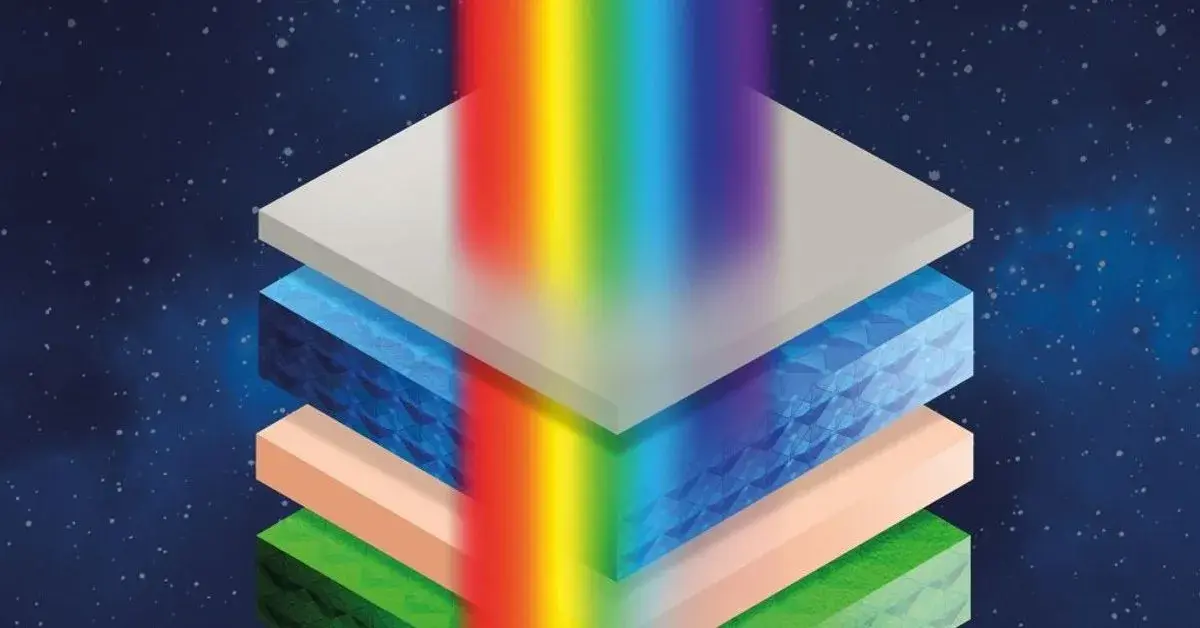Sounds like it’s still a solar cell though, they just figured out how to make it thinner and flexible. By the time you stack them into a cell, is there really any difference?
"By stacking multiple light-absorbing layers into one solar cell (known as a multi-junction approach), a wider range of the light spectrum is harnessed, allowing more power to be generated from the same amount of sunlight.
This thin-film perovskite material has been independently certified by Japan’s National Institute of Advanced Industrial Science and Technology (AIST) to deliver over 27% energy efficiency. It matches the performance of traditional, single-layer silicon PV for the first time."
There is always a catch.
in this case I’ll bet its the price
Or a brand new set of DNA altering forever chemicals.
Hooray!
Does that mean we’ll all become the Flash?
I’m guessing it’s more likely to be “the Flesh”.
If you can lay flexible material directly onto the roof, perhaps it can just be the roof, replacing traditional shingles.
It’ll be expensive at first until it’s in wide production, assuming it gets that far without a big flaw being found.
Like Tesla’s solar roof? Those replace shingles as well.
Wow though - 27% is no small feat
For sure. Coat buildings with this and we all win
And if they coat the insides too we’ll have free energy forever!
27% is just matching the efficiency of current solar panels though.
So unless it’s significantly cheaper there may not be a point here.
deleted by creator
One of the main advantages here is that this can be applied to almost any surface because of how thin it is.
From the article:
We can envisage perovskite coatings being applied to broader types of surfaces to generate cheap solar power, such as the roofs of cars and buildings and even the backs of mobile phones. If more solar energy can be generated in this way, we can foresee less need in the longer term to use silicon panels or build more and more solar farms.
But if you have to stack the layers to get the 27% efficiency then it’s no longer thin. :)
It might not be as thin as before, but is several microns of thickness not thin?
It was nice if they gave more details about exactly how thick it is at 27% efficiency though.
I’ll look around to see if I can find more information about it.Edit: And by the way, I’m actually not aware of any 27% solar panels currently in production.
Other than the ones Ofxord PV has recently begun manufacturing (established by the same Prof. leading this research).Just quoting the article:
“from around 6% to over 27%, close to the limits of what single-layer photovoltaics can achieve today.”
But I guess it depends too on how many layers we’re talking about which isn’t specified.
You’re misrepresenting what they say:
During just five years of experimenting with our stacking or multi-junction approach, we have raised power conversion efficiency from around 6% to over 27%, close to the limits of what single-layer photovoltaics can achieve today.
We believe that, over time, this approach could enable the photovoltaic devices to achieve far greater efficiencies, exceeding 45%.
“6% to over 27%” isn’t the range of what they can achieve now. 6% efficiency was where the technology was at 5 years ago, and now they get 27%.
Back of a cell phone won’t work because people put those into bulky cases.
Dang, too bad there aren’t insanely smart engineers who have figured out how to make your little hand rectangle go brrrrr to figure out a way to make it work.
So put it on the case with one of those wireless charging coils in the case, or at absolute worst, a tiny, tiny connector that plugs into your USB-C port






